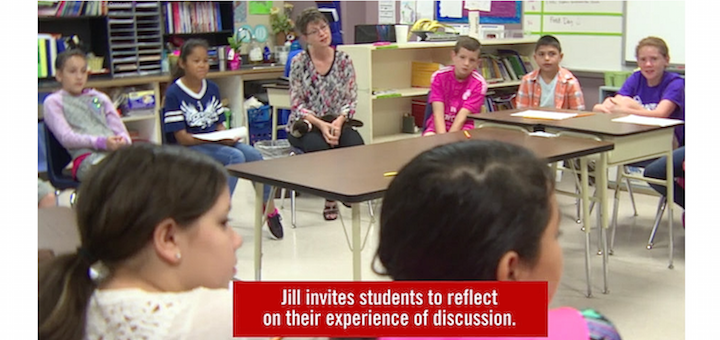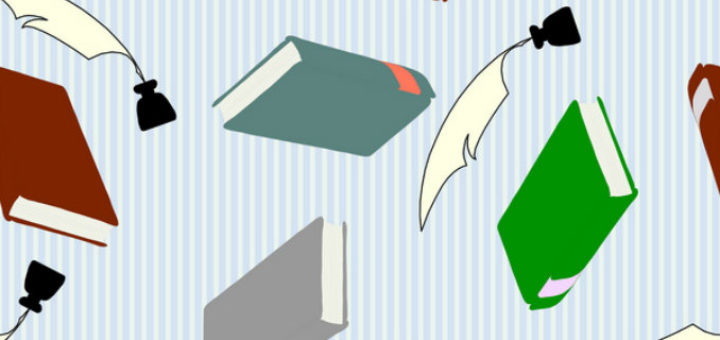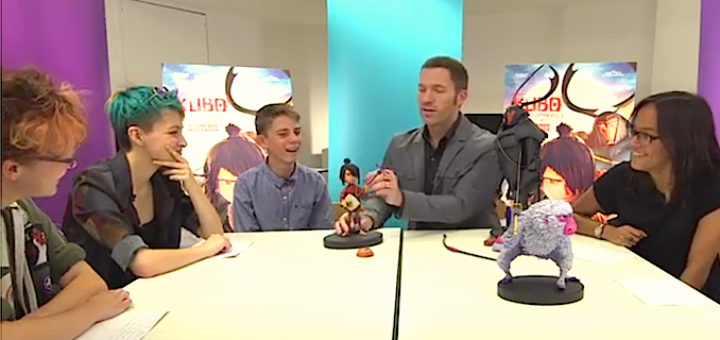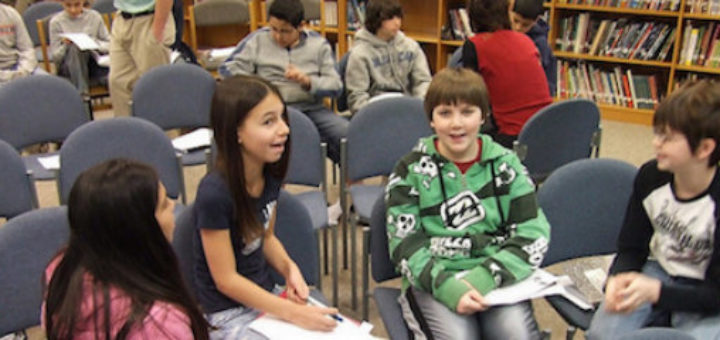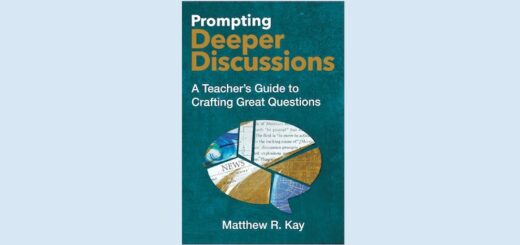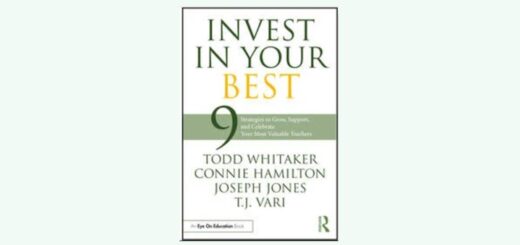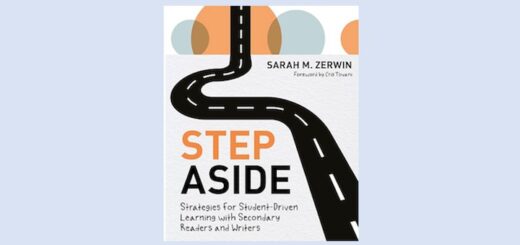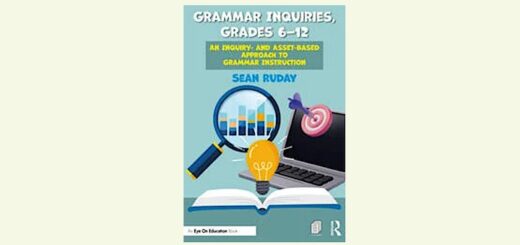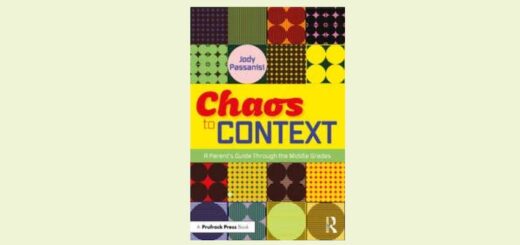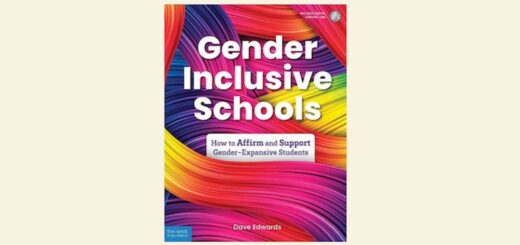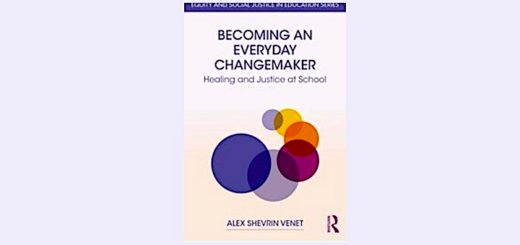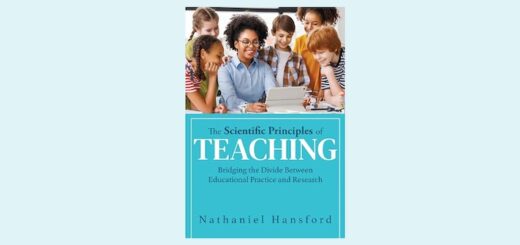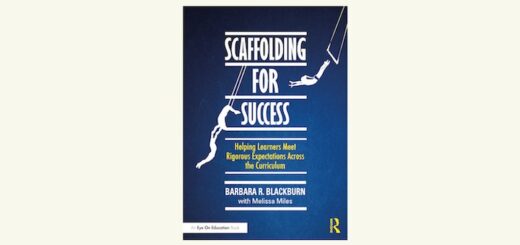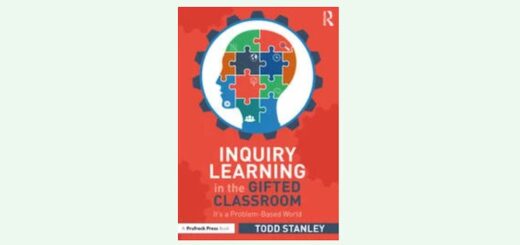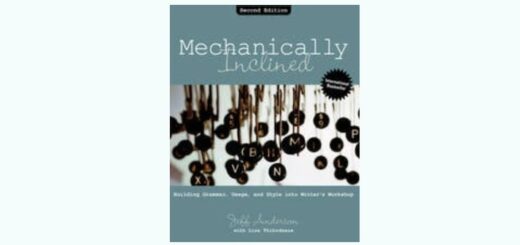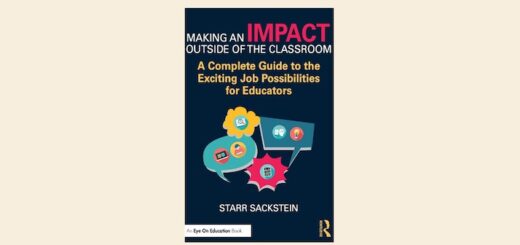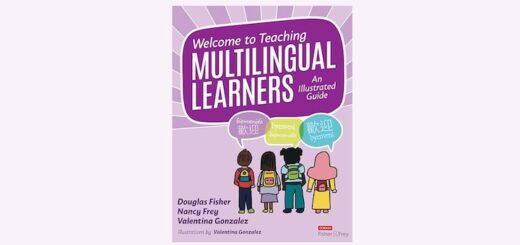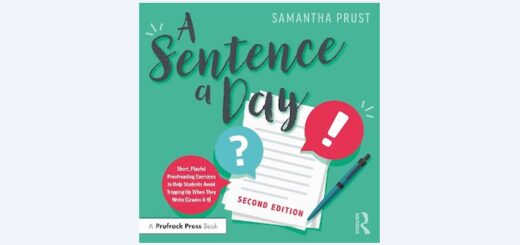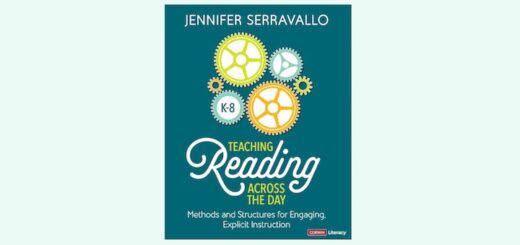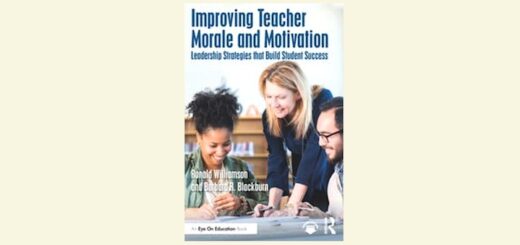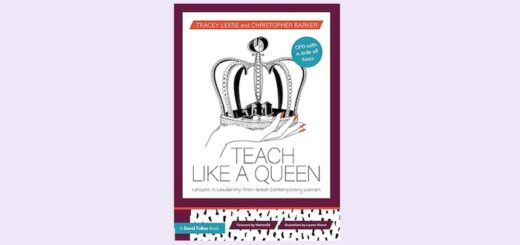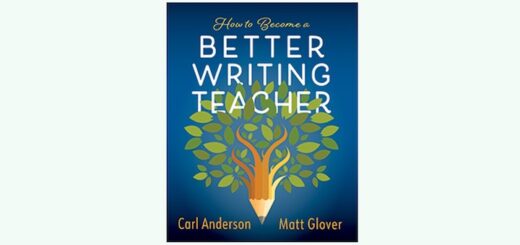Teaching and learning in grades 4-8
Quality questions are the “bait” that can hook students into deeper discussions and learning that sticks. Questioning expert Jackie Walsh shares a pair of videos and several templates that will help teachers plan a questioning process that pulls all students in.
After much discussion, Kevin Hodgson and his colleagues decided to have students watch the Inaugural Address and then respond to it. The 6th graders used sketchnoting to listen, then discussed their observations in the context of earlier studies about civic issues.
Sean Ruday’s practical ideas and teaching strategies for narrative writing should reduce the stress levels of writing teachers all across the country, writes consultant Anne Anderson. To speed things along, he has included excerpts from the mentor texts he features.
Called to the Middle is a primer for anyone considering the challenges of middle level teaching. Veteran MS educator Linda Mancia says Joey Eidson’s commitment to adolescent education comes through his relaxed writing style but notes some editorial shortcomings.
Becoming Brilliant, written by two psych professors, is less about intelligence than about helping children become collaborative, creative, competent, and responsible. Reviewer Rita Platt notes with dismay the authors’ blanket view that public schools are failing.
CCSS ELA middle grade standards specifically address the importance of teaching film techniques and the decisions made by filmmakers. In a new MiddleWeb blog, Close Reading the Media, Frank Baker breaks down the art of movie making and shares lots of resources.
To improve student outcomes, says teacher educator Curtis Chandler, it’s important to invest extra attention in the first five minutes of class. He shares a variety of techy and not-so techy ideas to ignite student interest and energy for whatever else is to follow.
Middle grades teacher Cheryl Mizerny’s favorite way to introduce new concepts in her ELA classroom engages students in “sticky” inductive reasoning and group investigations. Based on Bruner’s Concept Attainment research, the technique can work in any subject.
Consultant Tammy L. Jones proposes a three-prong approach to support students in their daily journey through content: effective questioning, authentic daily writing, and a bridging structure as they encounter new situations where critical thinking is required.
“Perfect Pairs” uses fiction and nonfiction life science books to promote inquiry learning in grades 3-5. The 20 richly detailed, standards-aligned lessons can help any teacher engage students in exploration, fact-gathering and deduction, says 4th grade veteran Linda Biondi.

